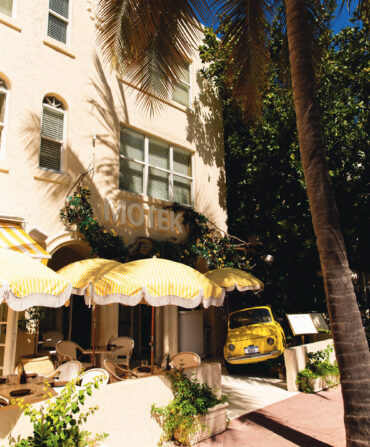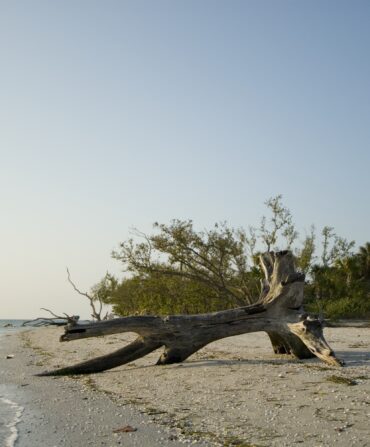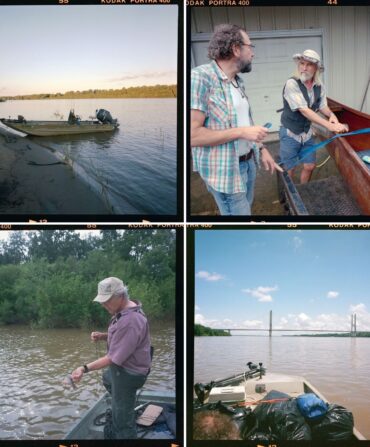City Portrait
The Soul of New Orleans
The city has been through hell, but somehow the heart of this town is still beating
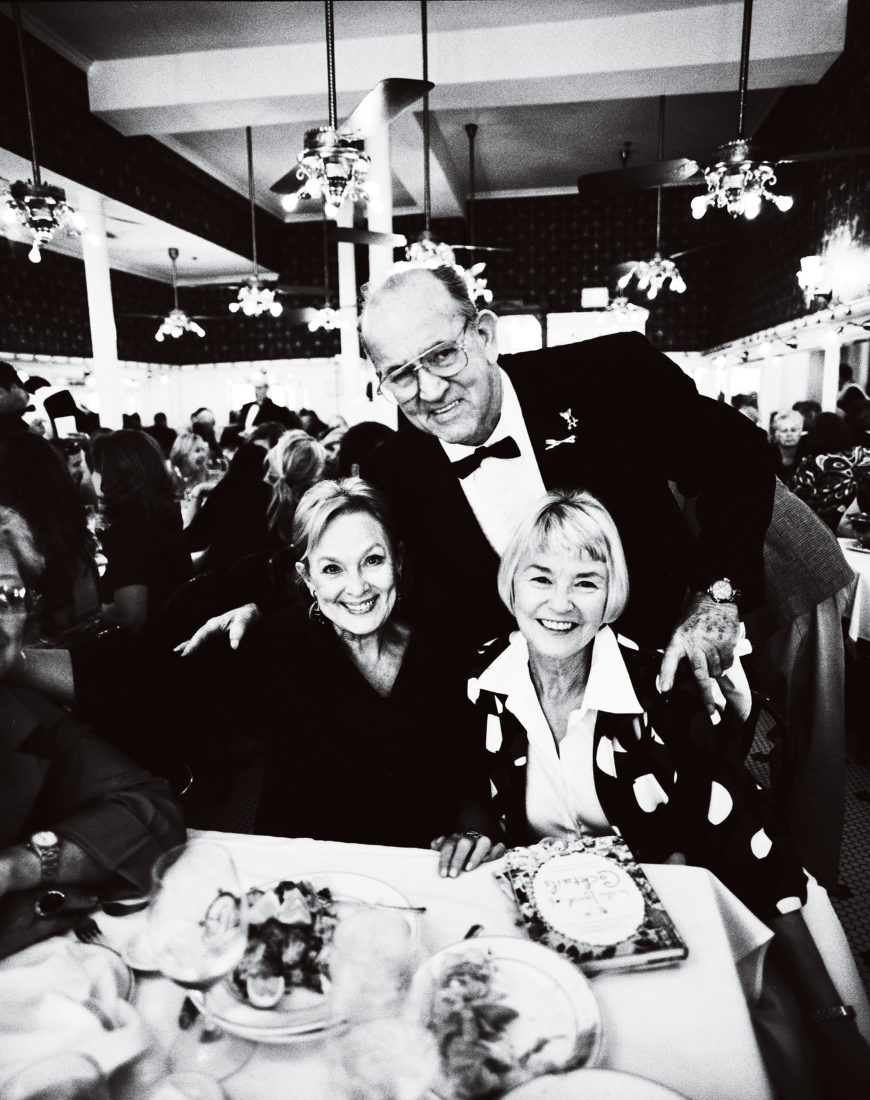
Photo: Randy Harris
Like a lot of things about New Orleans, the origins of the term “the Big Easy” are a tad murky. It may have been a jazz bar circa 1910; it was definitely a novel written by James Conaway in 1970 (he’d been a Times-Picayune police reporter and overheard the phrase on the street). A local gossip columnist took it up as a response of sorts to the newly minted “Big Apple,” and then there was the movie with a faux-Cajun-accented Dennis Quaid that took Conaway’s title but not his plot.
Whatever the case, it is not a discussion that has fired the local imagination (unlike, say, the recent argument in the state legislature over whether the Sazerac should be proclaimed the official cocktail of New Orleans, which took more than ten separate votes to finally pass). Nor has it gained any serious hold in the local lexicon (as opposed to its more popular corruption, “the Big Sleazy,” which was an apt description of city hall until the feds’ recent aggressive housecleaning). Most natives wouldn’t be caught dead uttering the term: They know that while New Orleans may be a scandalously easy city to fall in love with, it has never been a particularly easy place to live.
It is a decided understatement to say that Hurricane Katrina was an event of epic proportion from which the city is still recovering. But it was hardly the first time disaster has befallen us. When Jean-Baptiste Le Moyne, Sieur de Bienville, established New Orleans in 1718 (it replaced Biloxi as the capital of the French colony of Louisiana in 1722), he chose a spot just a hundred miles north of the Gulf of Mexico between a notoriously uncontrollable river and a lake so big it is now traversed by the world’s longest overwater bridge. Barely a year later, a hurricane destroyed the handful of palmetto huts that made up the city, and two years after that, a second storm wiped out the four city blocks that had been rebuilt.

Photo: Randy Harris
Jesse, a porter at the Soniat House
In the almost three centuries since, New Orleanians have—remarkably cheerfully—endured what most people would view as relentless hell, from devastating floods and almost constant outbreaks of yellow fever (the latter killed nearly 8,000 people in 1853 alone) to Hurricane Betsy, which killed 75 people in 1965, and Katrina, which killed 720 in Orleans Parish. The daily reality is not much better. In the summers the humidity is so thick it is stupefying, the streets flood after only moderately heavy rains, and the mosquitoes and termites (including the especially destructive flying Formosans) remain such a force that they merit their own control board. Corruption has been endemic since Reconstruction, and though the culture of bribery, skimming, and shakedowns that was entrenched in public entities from the school board to traffic court is vastly improved post-Katrina, our mayor’s gross ineptitude has, rightly, become a national joke.
Still, we come, we stay, we leave, we come back. (The current population is now up to about 325,000, roughly 72 percent of the pre-Katrina number.) For one thing, there are very few places where it is possible to eat so well or to drink so much. You can drink and walk in New Orleans (as long as your beer is in a plastic cup), and you can drink and drive (as long as your alcoholic beverage is frozen). Not surprisingly, the city’s first commercial establishment was a wine shop, and the modern-day equivalents sustain us still. During Hurricanes Katrina and Gustav, one of the very few businesses that remained open was Molly’s at the Market, a French Quarter favorite whose late proprietor, Jim Monaghan, was, like me, a transplant. On a visit to the city in the 1970s, he spied Ruthie the Duck Girl pulling one of her pet ducks behind her as she skateboarded through Jackson Square. Monaghan decided on the spot that he wanted to live in a place that contained people like that and went on to own thirty of the city’s approximately 1,500 barrooms.
Like legions before him (including Tennessee Williams, who said he discovered the fluid nature of his sexuality here), Monaghan was drawn by the fact that New Orleans has always been notoriously nonjudgmental about its characters. Nowhere else could Ruthie, who was actually less than charming in her old age, turn her childhood act with the ducks into something that kept her in beer and cigarettes until she died in September at seventy-four. It is also highly unlikely that she would have been memorialized elsewhere in a total of four articles in the daily newspaper.
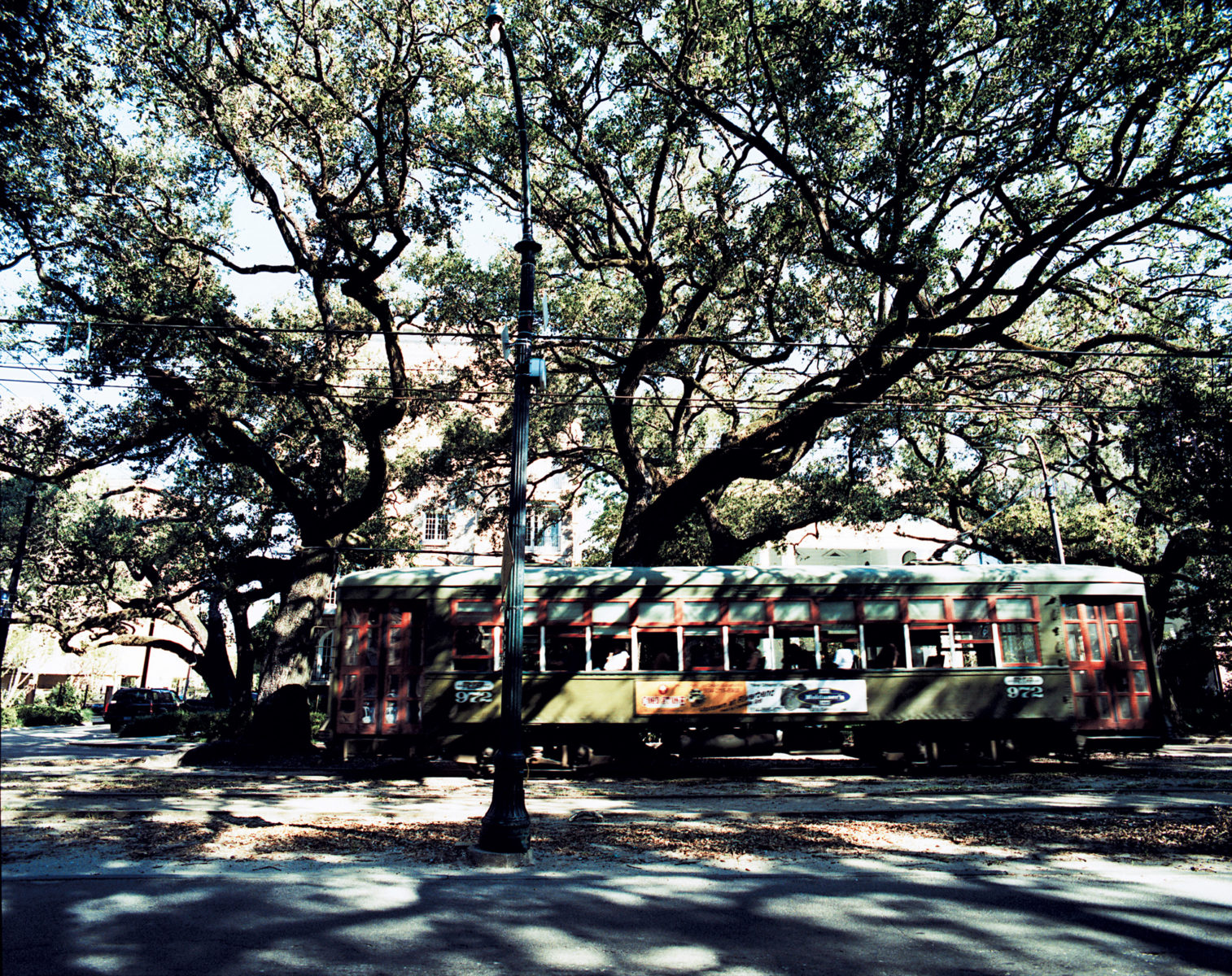
Photo: Randy Harris
Lazy Afternoon
A streetcar runs down St. Charles Avenue in front of the Columns Hotel.
From the beginning, an exotic mix of French, Spanish, African, and Catholic cultures separated the city from the less forgiving Protestant, Anglo-Saxon rest of the country, and indeed, the rest of the South. The late great New York Times reporter Johnny Apple once compared New Orleans to the slightly shady port city of Marseille, and it is important to remember that New Orleans existed as a French and, mostly, Spanish city for almost a century before the United States got its hands on the place. Its age—and the fact that it has given America its only indigenous music and cuisine—have long lent an air of superiority to the older families among the populace that can border on provincialism. In this regard it is not unlike Boston or Charleston, except that New Orleans is also marked by a concurrent strain of innate Mediterranean lustiness, a languid laissez-faire approach to pretty much everything from business and politics to religion and sexuality.
When Katrina hit, the tragic fruits of that lax approach to business and politics at least were laid bare. For decades New Orleanians had turned a blind eye to a dysfunctional school system, a terrifyingly high crime rate, and an economy based almost entirely on the kindness of strangers—i.e., tourists. Katrina served as a wake-up call that folks really do get the government they deserve, that without a decent school system crime will not abate and an economy cannot rebound. The good news is that there is now a level of civic activism—spanning across all races and classes—that was heretofore unseen, and the school system, thankfully all but obliterated by the flood, is being rebuilt with the help of some of the finest educational minds in the country (as well as some serious dollars from the Bill and Melinda Gates and Broad foundations, among others). Politicians are being held accountable not just by an energetic FBI presence, but also by the citizens who elected them. It was a citizens’ group that lobbied to make sure that easily corruptible political entities (our network of levee boards, for example) are now stocked with nonpolitical appointees.
Further good news is that despite all this positive activity, the essence of the New Orleans character remains firmly intact. In a place where the reminders of the precariousness of human existence are pretty much in people’s faces all the time (even our graves are above ground, after all), ritual has always been paramount. It’s as though repetition of almost sacred habits will somehow serve as a buffer to the dangers that await. So it is that people still take their regular tables at Galatoire’s, where they are served by their regular waiters—generally for hours on end. They eat red beans and rice on Mondays and fish (or oyster or shrimp po’boys) on Fridays, even if they have never darkened the door of a Catholic church. And now they can take some solace in the fact that they never called the Roosevelt Hotel by the name Fairmont, even though it changed in 1965—a development group bought it after it flooded in Katrina and is restoring the original name.
New Orleans is marked by a strain of innate Mediterranean lustiness, a laissezfaire approach to pretty much everything
Though the fortunes of the city’s thousands of local musicians have suffered in the last three years along with the rest of the population, the musicians continue, with the chefs, to drive the culture. A little over a month after the storm, when only ten thousand people were back in the city, almost a thousand of them came to hear Walter “Wolfman” Washington play at the Ogden Museum of Southern Art. Eating, socializing, listening to music (in other words, engaging in life as we know it), were of paramount importance in those early days, as was ensuring that Mardi Gras, celebrated in one form or another since the 1870s, took place as usual.
Katrina has now joined the long list of New Orleans catastrophes, though it was not without silver linings (finding them has become something of an art form). More important, it proved once again that not much gets in the way of Living, which is good news for the rest of the country. As another New Orleans transplant, the Romanian writer and poet Andrei Codrescu, once wrote, “If there were no New Orleans, America would just be a bunch of free people dying of boredom.” More than ever it is not boring here.



